UNLIMITED ACCESS TO OVER 400 HISTORIC PLACES
Live and breathe the story of England at royal castles, historic gardens, forts & defences, world-famous prehistoric sites and many others.
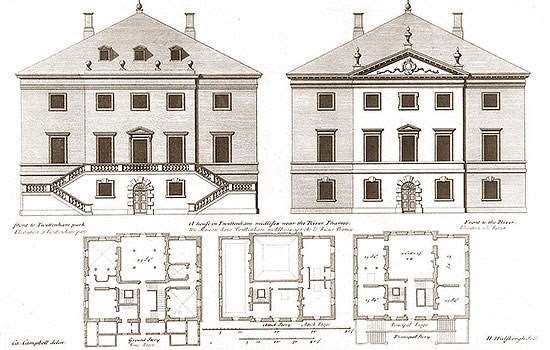
Read a full history of this English Palladian villa and its gardens beside the Thames, from its origins in the 1720s as a retreat from court life for Henrietta Howard to the present day.

Though mainly known as the mistress of George II, Henrietta Howard was a remarkable woman in her own right. Read more about her extraordinary life and how she came to build Marble Hill.
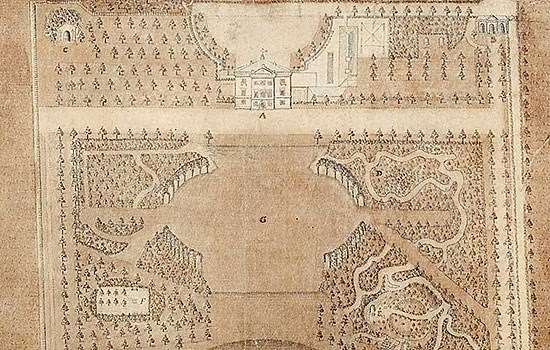
Find out what makes the garden between the house and the river at Marble Hill so significant, and how English Heritage has restored its key elements.
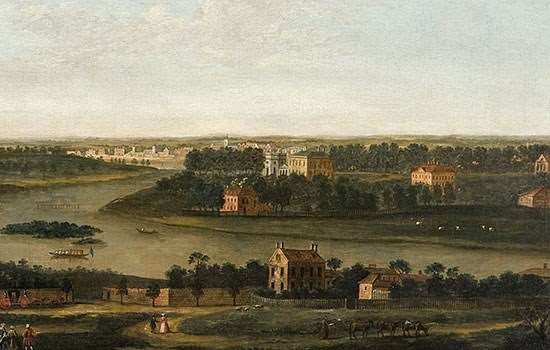
See how artists have depicted the panoramic view from Richmond Hill over the centuries and find out how Marble Hill was saved thanks to a campaign to preserve this view.

Explore some of the key items from the collection at Marble Hill, which reveal Henrietta Howard’s taste and status.
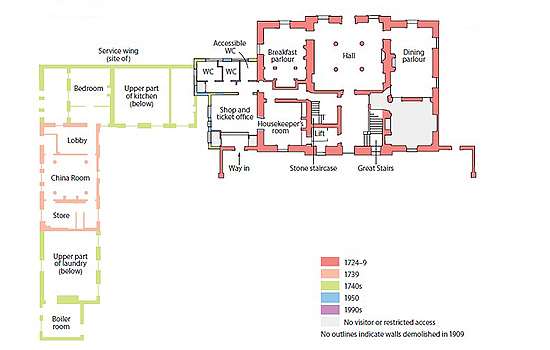
Download floor plans of Marble Hill as a PDF to see how the villa developed over time.
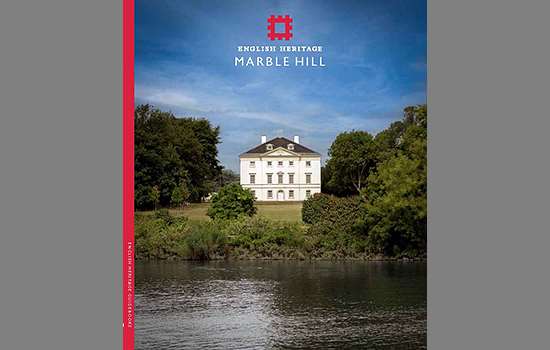
This fully illustrated guidebook includes a tour and full history of the house and grounds, and gives many fascinating glimpses into life at Marble Hill.
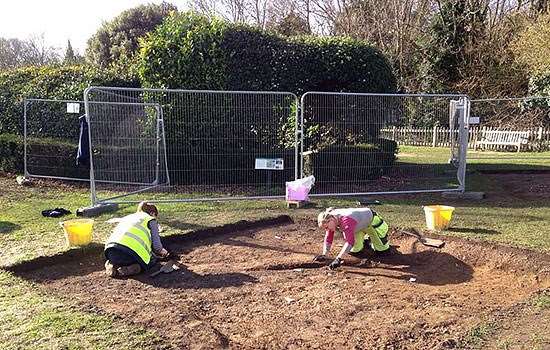
In 2017 Historic England archaeologists explored the original layout of Henrietta Howard’s garden. Find out what they discovered.

Discover the stories of some gardeners of the past, including one of Henrietta Howard’s gardeners at Marble Hill.
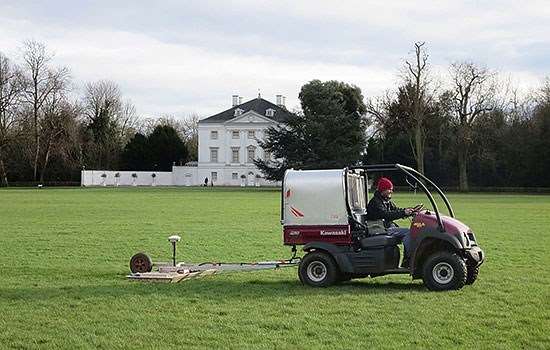
Geophysical surveys in 2015 and 2016 found evidence for past landscape use from the 18th to 20th centuries. Download the full survey report.
Henrietta Howard, mistress of the Prince of Wales (later George II), starts to build Marble Hill House and lay out the grounds.
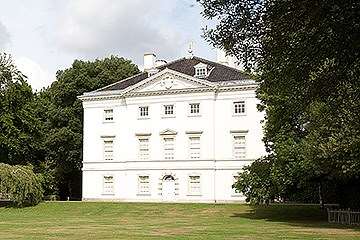
After 20 years’ service in the royal household and after falling out of favour with the king, Henrietta Howard – now Countess of Suffolk – retires from her role at court. Marble Hill becomes her main residence.
